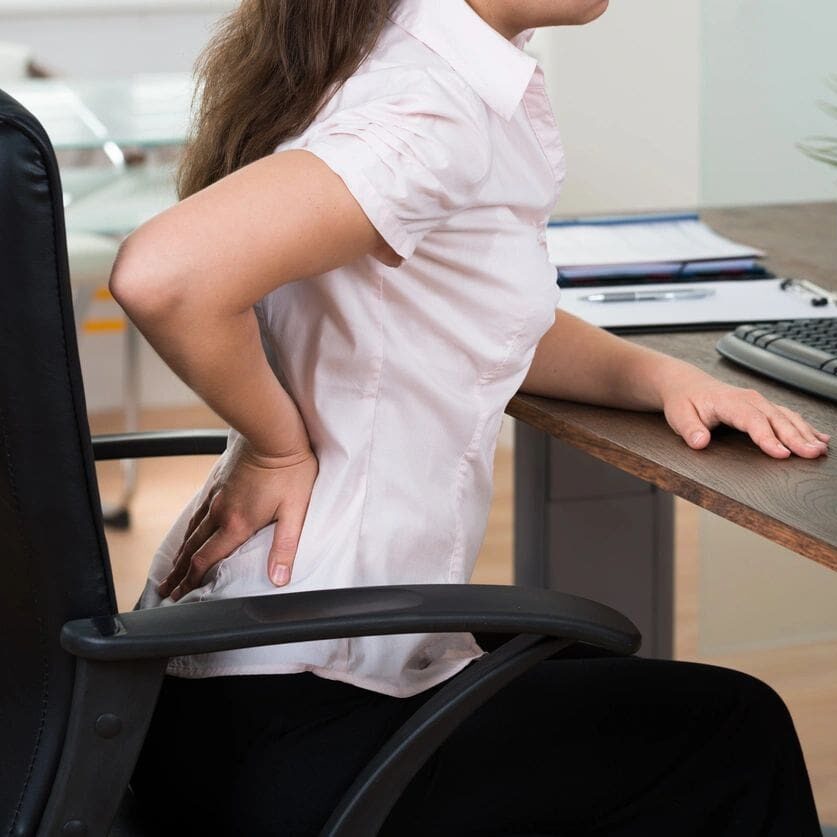Pain Relief Therapy that Works!
At Triangle Disc Care, we are proud to offer spinal decompression therapy from a certified spinal decompression practitioner. The procedure is non-surgical and non-invasive, and so painless that many patients fall asleep during a typical 20-minute session. It is performed on a revolutionary computer-controlled hydraulic table similar in some ways to an old school traction table.

In the Past…
A patient suffering from disc problems was usually given medications, instructed to refrain from physical activities, and referred for physical therapy. When they didn’t get better, they were sent for spinal surgery or simply told to learn to live with it. But…
Times have Changed
A group of physicians and medical engineers in Canada found an alternative to spinal surgery that is effective and safe—spinal decompression therapy. In addition to being cost-effective, the procedure works well without the risks associated with drugs, injections, surgery, or anesthesia.
About the Procedure
A single-disc level is isolated, and by using specific traction and relaxation treatment cycles throughout the treatment, along with proper positioning, negative pressure can be created within the disc. When the offending disc is gently separated 5 to 7 millimeters, the negative pressure inside the disc will promote the retraction of bulging disc tissue. This negative pressure also pulls water, oxygen, and nutrients into the disc, thereby re-hydrating a degenerated disc and bringing in the nutrients needed to begin the healing process.

When Is Spinal Decompression Therapy Helpful?
Excessive stress or injury to a disc weakens the outer fibers. As the outer fibers weaken, parts of the interior of the disc bulge out and the disc compresses or loses height. As it loses height it follows that the spinal vertebrae above and below get closer together, decreasing the amount of space (spinal stenosis) through which the spinal nerve root exits. As the bulge increases and the space decreases, the spinal nerve root that exits at the level is also compressed (pinched). This leads to muscle spasms and inflammation (swelling), further diminishing the space for the nerve. Because the normal mechanics (movement) of the joints are disturbed, this interferes with the normal pumping action supplying nutrition to the disc. Starved of adequate nourishment, the outer fibers of the disc become drier and weaker (degenerate), accelerating the process. Non-surgical spinal decompression is designed to break this cycle.